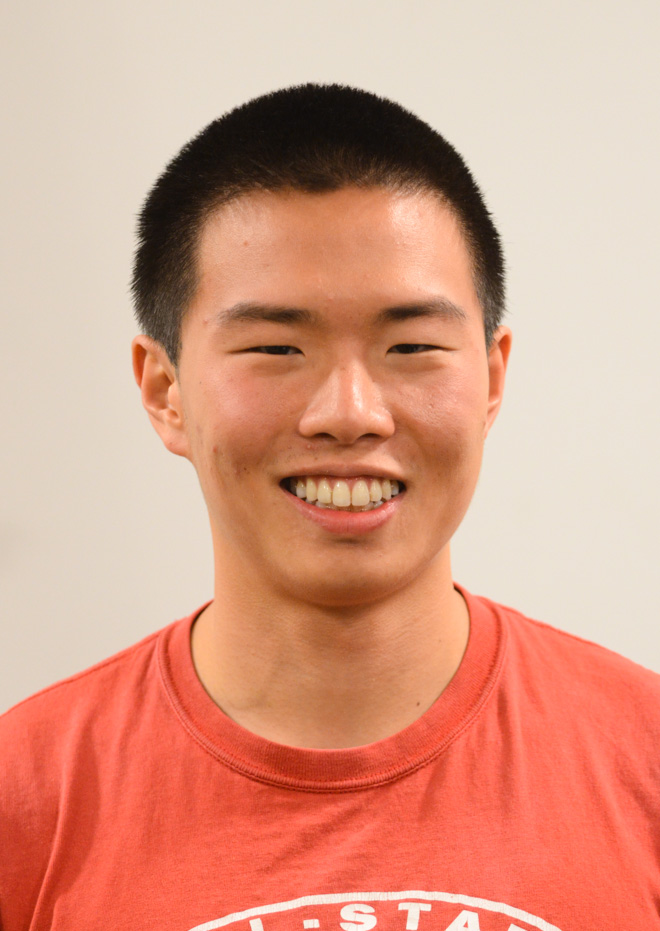This was a tough season for Stanford football fans.
Like many, I often found myself at a loss for words in the past four months. Stanford’s 8-5 record wasn’t shocking, but the way the team played in those five losses, and even in some of the wins, certainly was. We criticized the offensive line for its mental mistakes, Kevin Hogan for his inconsistency and the coaches for not giving the ball to Christian McCaffrey. And when we finished criticizing the coaches, we started over by bashing the O-line and Hogan again until we drowned in our own circular logic. Sure, we believe in equal opportunities, so we also sprinkled some of the blame on the running backs, but we spewed out a finite number of reasons and then proceeded to repeat them.
We fans tried to explain what went wrong this season as the weeks passed, but we failed. No reasoning was sound, no explanation satisfactory. For us, Stanford’s downward spiral was inexplicable.
But before the season had even ended, head coach David Shaw found the words that we failed to formulate. Perceptive as ever, Shaw knew exactly what this disappointing year meant in the big picture.
“This year hopefully will serve as a great reminder for the guys who will be on the team next year as to what happens if you don’t play your best,” Shaw said, a few days after Oregon had shredded Stanford’s vaunted defense and Pac-12 title hopes in one fell swoop. “You can’t not play your best and expect to be where we’ve been in the past.”
This season was a reminder to the coaches that it takes more than a few games for a new offensive line to gel; for the players, nothing short of a perfect game will be enough against the Ducks.
But just as important and perhaps forgotten, this season serves as a reminder for us fans. “Don’t ever forget how hard it was to get there,” Shaw told his players after the 2013 Rose Bowl win. Maybe some of the players forgot his message this season, but many fans have forgotten how hard it was for Stanford to get here.
Winning football games is not easy at Stanford. Recruiting may not be the only factor in determining a program’s success, but it is definitely the most important one. Every year how many ESPN 300 recruits do you think would pass Stanford’s stringent admission standards? 50? 25? 10? Among the 128 FBS schools in this country, Stanford suffers the biggest disadvantage in the most important part of the sport. There are no valid comparisons. Notre Dame, Northwestern and Michigan can pat themselves on the backs for having higher admission standards than Alabama and Oklahoma State, but thinking that those schools have similar requirements as Stanford is delusional.
These are realities, not excuses.
“Miracle” is the most overused cliché in sports, but what Jim Harbaugh accomplished at Stanford was a flat out miracle. Most people point to the transformation from 1-11 to 12-1 in four years as evidence of Harbaugh’s brilliance, but they too often gloss over the characters, both players and coaches, who Harbaugh brought to the program to make the meteoric rise possible.
Harbaugh turned two-and-a-half-star recruits into NFL players. In this past NFL season, 22 players from the 2010 Orange Bowl team played significant snaps, eight of whom just played in the first weekend of playoffs. Over 20 percent of Stanford’s entire 2010 roster, fourth-string players included, is currently playing in the NFL. Crazy. We often forget college assistant coaches, but Harbaugh’s coaching tree at Stanford was perhaps even more impressive: David Shaw, Vic Fangio, Greg Roman, Pep Hamilton, Willie Taggart, Brian Polian, Scott Shafer, Derek Mason, D.J. Durkin and Tim Drevno. That’s five FBS college football head coaches and three NFL coordinators, at least two of whom are legitimate NFL head coach candidates.
People point to Harbaugh changing the culture at Stanford as a major reason for the Cardinal’s turnaround. Yes, Harbaugh revamped Stanford’s image with his eccentric personality and sideline meltdowns, but he also had the tangible talent to back it up. You don’t go from 1-11 to 12-1 by just yelling at people. I’m not sure if Stanford will enjoy the combination of player and coaching talent that Harbaugh brought with him ever again.
Shaw should be given credit for doing a lot, but Harbaugh gave Shaw a lot. Even though Shannon Turley and Lance Anderson chose not to follow Harbaugh to Michigan, Sunday’s weird series of conflicting reports once again reminded us that Harbaugh laid out many of our team’s strengths that we see even today.
History says Stanford’s great run of success is unmaintainable. The fact that Stanford will most likely not see, for a while, the same level of great players and coaching talent it had in 2010 seems to support that argument. I’m not here to tell you whether it is or it isn’t — only time will tell.
But my biggest concern isn’t whether Stanford will make the College Football Playoff in the next few seasons. What I worry about the most is that the newest generation of Stanford players and fans will forget the 1-11 2006 season. I worry that without the players who went through the historic transformation, and who understand what it takes to win a Pac-12 title, Stanford will take winning for granted. “The price always increases” was a mantra by which the recent Orange, Fiesta and Rose Bowl teams lived. Will our newest recruits truly understand what that phrase entails?
This season served as a reminder. Let’s hope it’s the only one we need.
George Chen forgot to mention one other person in the group of people that Stanford fans have blamed for this past season: himself. To remind George of his unsatisfactory post-game recaps, please e-mail him at gchen15 ‘at’ stanford.edu.
